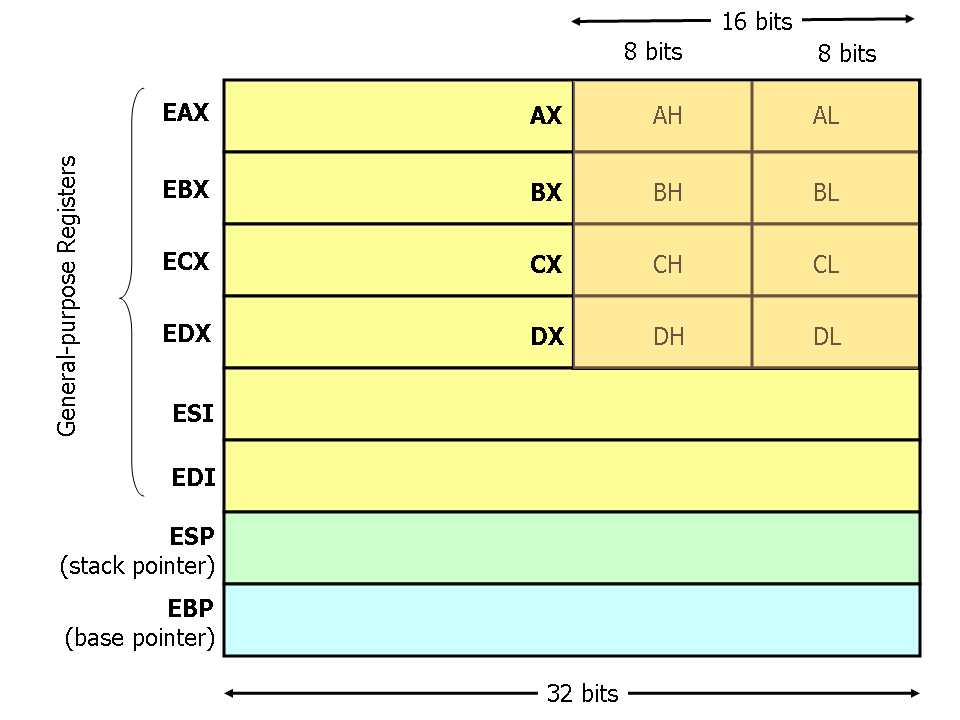I downloaded from your link and Windows Defender immediately flagged it with the same results you got, Stephen.
https://www.microsof...;threatid=2147726780
EDIT: Something is really fishy about the site. The download links redirect you to all sorts of places before finally ending up on Mega. And supposedly JDownloader is Open Source but I couldn't find the source code.
-Deozaan
Yeah that's what struck me as odd - The CDN redirect didn't concern me that much but then being bounced around until finally landing on mega (why use a CDN if you're just gonna host your download elsewhere?) - The download was flagged and stopped by Chrome by Windows Defender (images above).
The whole thing just strikes me as very very odd indeed.
Note: In case the developer of JDownloader pops by and reads this, I'm not suggesting that the software
IS bad/malware, I'm simply pointing out that it
FEELS that way (again, the report from Defender could certainly be a false positive, and it wouldn't be the first time that has happened).


 Recent Posts
Recent Posts



